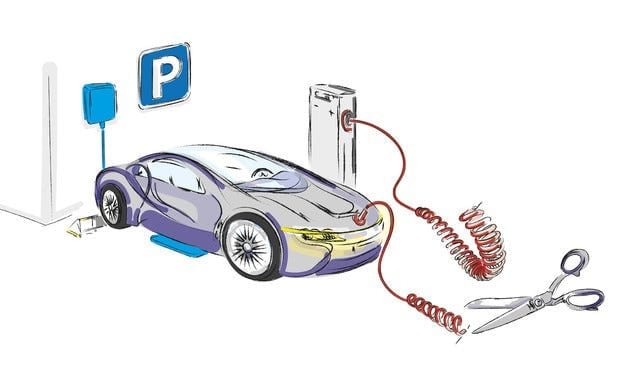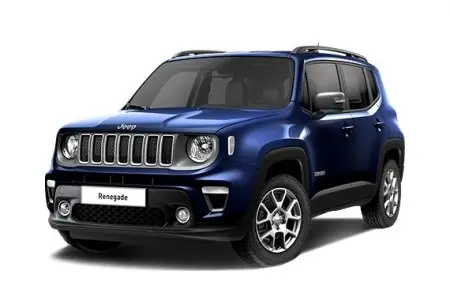
Test drive charging like magic

Bosch and partners develop a charging system for the cars of the future
Electric vehicles will soon be something like smartphones - their battery systems will become external batteries for electric grids. Quite practical, if only not for the annoying charging cables. And rain, and thunder - the driver must connect the electric car to the charging station with a cable. But this is about to change: Bosch, in its role as BiLawE project coordinator, is conducting research together with the Fraunhofer Institute and GreenIng GmbH & Co. KG innovative concept for inductive vehicle charging, i.e. without physical contact - through a magnetic field when the car is parked at the charging station.
The new technology will make electric vehicles even more environmentally friendly and electrical networks more sustainable. One of the problems they face is that energy from renewable sources such as wind, sun and water is subject to natural fluctuations. In this regard, the consortium, which has come together in the state-funded research project BiLawE, is developing an inductive charging system to create an intelligent structure for the continuous use of renewable energy sources.
Their solution is based on batteries for two-way electric vehicles - the batteries use a powerful intelligent charging system to store energy, but can return this energy back to the grid if necessary. If strong sun or wind generate power peaks, electricity will be temporarily stored in car batteries. With high cloud cover and no wind, energy will be returned to the grid to cover needs. “For the system to work, electric vehicles need to be connected to the grid as often as possible and for as long as possible. This, in turn, requires a fixed infrastructure – special induction charging stations connected to national and regional power grids, as well as isolated networks supplying only limited areas,” explains Philip Schumann, project physicist at the Bosch Research Center in Renningen, near Stuttgart.
Wireless charging while parking
The advantage of the induction system is wireless charging. Since no connecting cables are used, cars can be connected to the mains more often, and two-way charging stations can unload and stabilize it even when electric vehicles are in motion. Thus, the project aims to create a concept for the production of components for charging systems, as well as a business model for various network services related to energy recovery.
Strong partners
The research project BiLawE (German for two-way economical inductive charging systems on the grid) received funding of 2,4 million euros from the German Federal Ministry of Economics and Energy under the ELEKTRO POWER II program and is supported by the leading German Southwest Electromobility Cluster. In addition to the coordinator Robert Bosch GmbH, the project partners are the Fraunhofer Institute for Solar Energy Systems ISE, the Fraunhofer Institute for Industrial Engineering IAO and GreenIng GmbH & Co. KG. The project was launched at the beginning of the year and is expected to last three years.
The German Southwest Electromobility Cluster is one of the most important regional organizations in the field of electromobility. The aim of the cluster is to stimulate the industrialization of electric mobility in Germany and to make the German state of Baden-Württemberg a powerful supplier of electric drive solutions. The organization brings together leading corporations, small and medium-sized companies and research institutions in a network of developments in four innovative areas: automotive, energy, information and communication technology and manufacturing.
